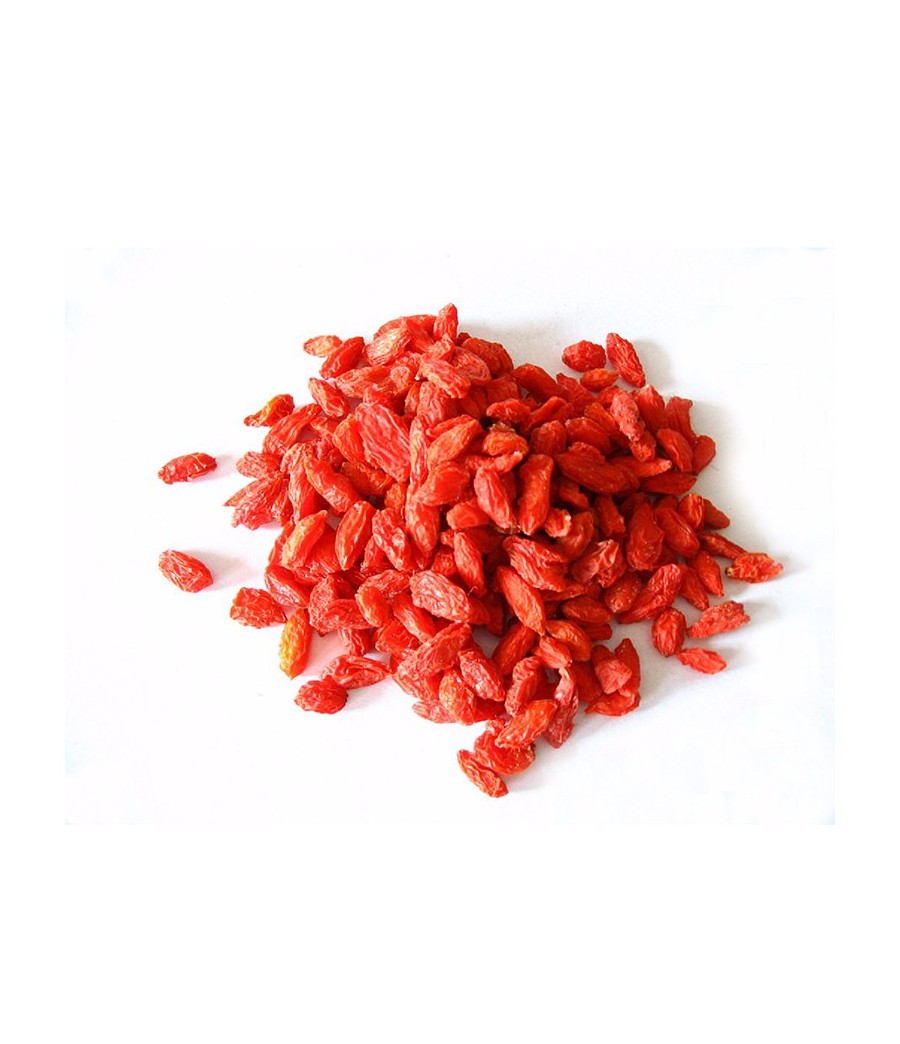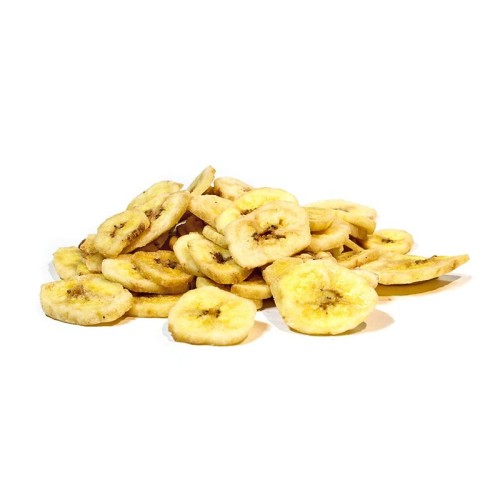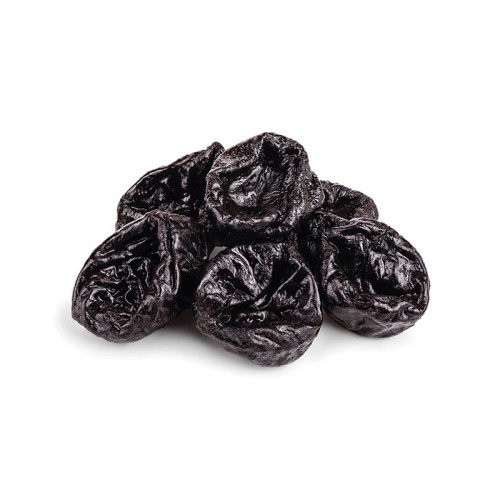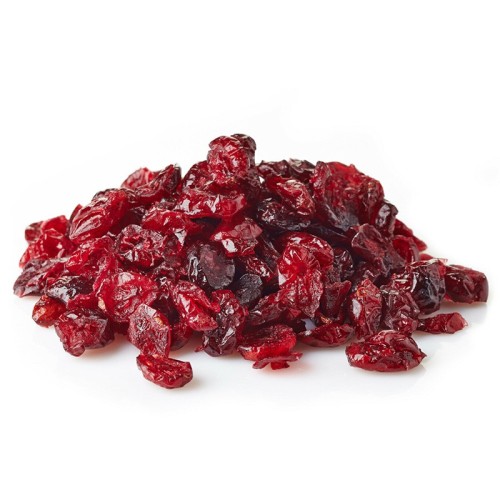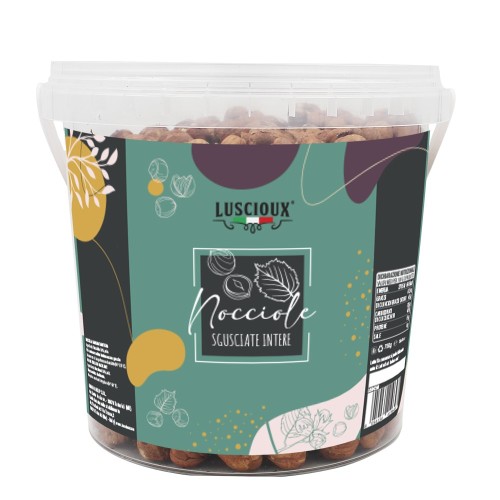Goji berries
(€19.09 Per Kg)
 Security policy
Security policy
Transparency and reliability - Encrypted information (SSL Certificate)
 Delivery policy
Delivery policy
Fast shipping with delivery in 1- 4 working days.
 Return policy
Return policy
24/7
Goji berries have only recently been introduced into the Western diet. The interest in these fruits does not concern so much their gastronomic value as their beneficial power on health. Today, Goji berries are mainly used as a food supplement.
Data sheet
- Product
- Goji
Specific References
- ean13
- 8054134416505
Nutritional values
| Ingredients | 100% goji berries (Lycium barbarum). May contain traces of PEANUTS and NUTS. |
| Method of conservation | Keep in a cold and dry place. |
| Nutrition declaration | average values per 100 g: |
| Power | 1502kJ / 356kcal |
| Fats | 3.1g |
| of which saturated fatty acids | 0.4g |
| Carbohydrates | 64 g |
| of which sugars | 46 g |
| Fibers | 14 g |
| Protein | 11 g |
| Salt | 1.3 g |
| Copper | 0.56 mg (56% NRV*) |
| Potassium | 1510 mg (76% NRV*) |
| Iron | 7.6 mg (54% NRV*) |
| Directions | The advice given IS NOT IN ANY WAY TO BE CONSIDERED OF MEDICAL/PRESCRIPTIVE VALUE. The information provided is for informational and informative purposes only, therefore they are not intended in any way to replace medical advice. In the presence of pathologies you should always consult your doctor. |
| Origin | China |
| Nutrients | Iron, Potassium, Copper |
| Vnr | *Nutritional Reference Value |
| Label and packaging | The images are included for illustrative purposes, the product may undergo changes based on stock availability and the selected weight. |
| Product | Berries |
Curiosity
The plant looks like a deciduous shrub that can reach 3 meters in height, which produces lavender or violet flowers.
Goji berries are delicate red fruits that ripen from August to October, with a diameter of 1-2 cm and containing up to sixty small yellow seeds.
Thanks to their sweet and sour taste, these berries have always been used in the culinary traditions of many Asian countries for the preparation of various recipes, such as refreshing drinks, smoothies and sauces, but also rice salads and meat, fish and vegetable dishes. .
In Asian countries a particular wine containing Goji berries is even produced, while the Chinese tradition of beer production with Goji berries has also been taken up by some Belgian breweries.
A curious story, cloaked in legend and handed down over the centuries, concerns the discovery of goji berries and their extraordinary properties. It seems that at the turn of the eighth and ninth centuries AD, to be precise at the time of the Tang dynasty, a water well next to a Tibetan Buddhist temple was surrounded by plants of Lycium barbarum, whose berries sometimes fell into the water . The inhabitants of the area, during their pilgrimages to the temple, used to quench their thirst with water from this well and enjoyed enviable health: many of them, despite being over eighty years old, still had excellent teeth health and not a single white hair grew on their heads. Hence the legend concerning goji and its berries, true elixirs of youth with properties considered almost magical.
Lycium barbarum is a little known plant at the moment in Italy and the only channel to get information about it is the internet. By carrying out a summary research on goji berries, news is obtained that emphasizes the advantages that the plant can bring with phrases specifically designed to amaze the consumer and push him to buy, such as "it has 4000 percent antioxidants compared to oranges" , and the source of the dispensed information is never indicated. Without doing more research, many might think they've discovered an almost miraculous plant species.
On the other hand, however, it is necessary to take into account the long tradition of use of the plant in Asian countries without any cases of toxicity or danger of use having been reported at the moment, so much so that the species (and in particular the fruit itself) is included in the list of plants admitted by the Ministry of Health in the formulations of food supplements; furthermore, some of the substances found in Lycium barbarum are known to have antioxidant properties. It can therefore be said that, although it is advisable to continue to deepen scientific knowledge, the plant has good potential to be fully included on the Italian herbal market precisely by virtue of its antioxidant power.
Sources:
SINU – Italian Society of Human Nutrition www.sinu.it
http://www.guidaconsumatore.com/erboristeria/bacche-di-goji.html
Newspaper, 2/2014
History
Thanks to their nutritional properties, Goji berries are considered able to counteract the signs of cellular aging. Goji berries would also help to restore a healthy and shiny hair and stimulate the functioning of the immune system.
In the medical and nutritional fields there is a standard test to measure the antioxidant power of foods, called the ORAC test (OxygenRadicalsAbsorbanceCapacity), acronym of "Oxygen Radical Absorption Capacity". Goji berries subjected to the ORAC test gave really interesting results: to meet the daily requirement of ORAC units it is sufficient to consume only 20 grams of Goji berries a day.
Lyciumbarbarum is a plant native to a vast area of the Asian continent and more precisely to Tibet, Mongolia and the Chinese provinces of Ningxia and Xinjiang. The world's largest producer of goji berries is China.
The Western term "goji" has only been in use since the 21st century and derives from the simplified pronunciation of the Chinese "gou-qi-zi", which indicates Lycium berries; “zi” in fact means “seed”, or more specifically “berry”.
The fruit, gou-qi-zi, is first mentioned in the 500 AD work of the scholar Tao Hong-jing, “Ming Yi Bei Lu”. The botanical name Lycium barbarum was assigned by the well-known Swedish scholar, Linnaeus, in 1753. It is probable that this name derives either from the ancient southern region of Anatolia, Lycia, or from the Latin "lychnus", which means light or lamp, presumably due the shape and color of the fruit. The genus Lycium includes more than 100 species of deciduous or evergreen shrubs native to tropical or temperate areas of East and Southeast Asia, Asia Minor, Europe, South Africa and North America. Fifteen years later, in 1768, Phillip Miller named and described Lycium chinense for the first time in his book "Dictionary of gardening, botany, and agriculture".
These two species are apparently indistinguishable from each other, both morphologically and histologically. Lycium barbarum, as attested by the "Royal Horticultural Society", is known in many countries with different names, which vary according to the language and vernacular of the places of cultivation. The most commonly used English name for goji berries is "wolfberry"; the reason is not certain, but probably because the term "Lycium" recalls "lycos", which in Greek means "wolf". Other common names in English are "matrimony wine" and "the Duke of Argyll's Tea Tree", because the plant was introduced to England for the first time in the 18th century by Archibald Campbell, botanist and third Duke of Argyll.
Then we have: “Kuko” (Japan), “Kei tse” (Cantonese), “gugija” (Korean), “cu khoi” (Vietnam), “ga gèe” (Thai), “gouqi” (China) and “dretsherma ” (Tibet). In most countries, however, although many parts of the plant are used and processed, the fruit is the best known organ and therefore separately referred to as Lycium, lycii fruit, gou qi zi and goji. In the ancient world, both Pliny and Dioscorides described the medicinal use of Lycium and the plant was also mentioned by other scholars, including Paracelsus and Galen.
The Lycium of the ancients was imported from India and was held in great consideration, so much so that the remains of vessels expressly made for the conservation of this berry were found; probably, however, the Lycium to which they referred does not correspond to the same species that we understand today.
Sources:
Newspaper, 2/2014
storage
You can store organic dried goji berries in cool, dry places away from heat and humidity. Here are 4 useful tips:
- The ideal condition for maintaining organic dried goji berries is in a refrigerated environment. Organic dried goji berries can also be stored without problems at room temperature during the winter season given the low temperatures. During the summer, on the other hand, it is advisable to keep it in the fridge or in the coolest possible places, as the increase in temperatures could favor the deterioration of the products.
- The ideal container in which to store organic dried goji berries is glass. In fact, thanks to its constitution it is impenetrable to chemical and gaseous agents, and having excellent thermal insulating capacity it maintains the initial temperature for a longer time compared to other materials. If the glass is colored, all the better: using colored glass prevents the entry of some wavelengths of light (including ultraviolet light) and therefore some nutritional and organoleptic characteristics remain unaltered.
- The type of closure of the container is also important: an airtight cap ensures that the food is protected from excessive contact with oxygen which can lead to lipid oxidation and which can be essential for aerobic bacteria.
- The environment should always be well ventilated: by ventilating the rooms, the internal humidity that escapes from the window is kept under control, guaranteeing the right balance, which helps to discourage the onset of mould.
Recommended doses
30 g provide:
- 23% of the reference nutritional value of Potassium;
- 17% of the nutritional reference value of Copper;
- 16% of the nutritional reference value of iron.
Individual needs vary according to age, gender, weight and physical activity. A varied and balanced diet and a healthy lifestyle are the basis of your well-being.
Property
100g of goji berries contain:
- Vitamin K (13 μg – 17% NRV)
- Riboflavin (0.29 mg – 21% NRV)
- Magnesium (86.0 mg – 23% NRV)
- Phosphorus (194 mg – 28% NRV)
- Vitamin E (4.3 mg – 36% NRV)
- Manganese (0.93 mg – 47% NRV)
- Iron (7.6 mg – 54% NRV)
- Copper (0.56 mg – 56% NRV)
- Potassium (1510 mg – 76% NRV)
- Protein (11g)
- Fiber (14g)
No customer reviews for the moment.

